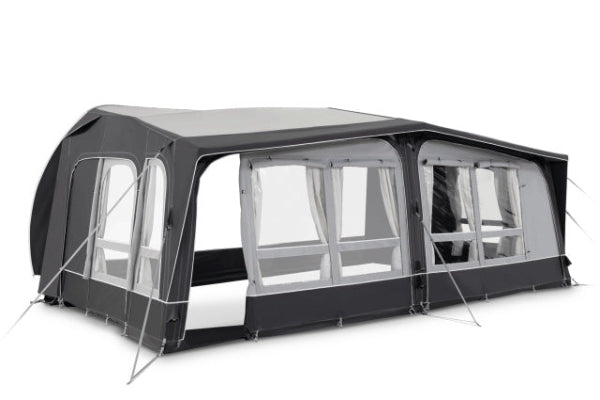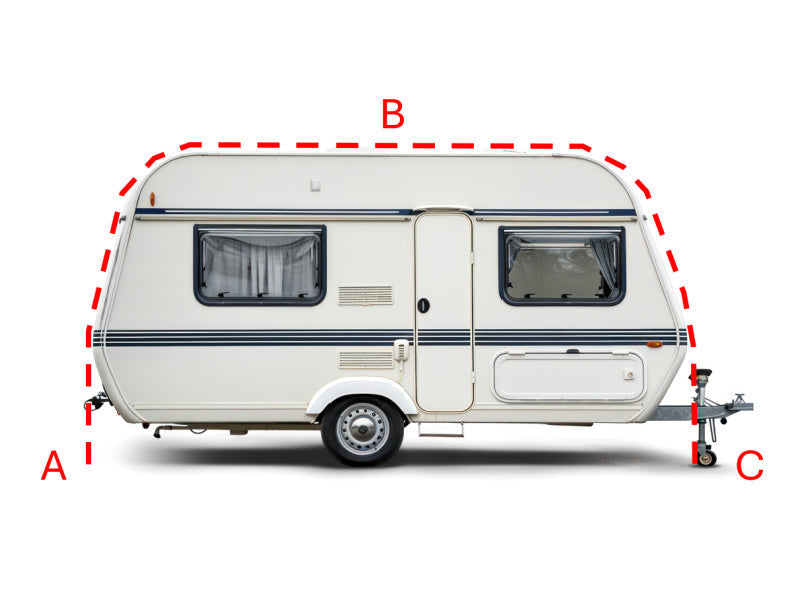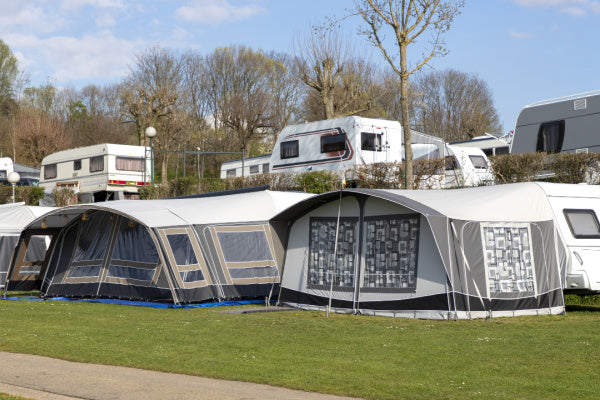Glamping Pods: What They're Made Of
Ever wondered what glamping pods are made of—pixie dust and Pinterest boards? Close!
Short answer: timber, metal, insulation, and eco-friendly bits.
But why do materials matter? From weatherproofing to sheep’s wool (yes, really), the secrets inside these cosy huts might just surprise you.
Keep reading to peek behind the pod!
The Structural Frame: The Pod's Skeleton
Timber Frames: The Traditional and Sustainable Choice
Timber is one of the most popular choices when it comes to building glamping pods. It provides a natural look, feels warm and inviting, and lasts a long time.
Softwoods like pine and spruce are often used for their sustainability. Hardwoods such as oak offer greater strength and a touch of luxury.
Timber’s versatility makes it ideal for a variety of pod styles and climates.
Steel Frames: An Alternative for Modern Designs
Some pods make use of metal frameworks, either as the main frame or to support timber structures.
Steel adds rigidity and boosts structural integrity. It’s also flexible in terms of design, making it a smart choice for more contemporary or modular builds.
These frames are often chosen for larger or high-end pods where strength and modern aesthetics matter.

The Exterior Shell: Cladding and Protection
Timber Cladding: Larch, Cedar, and Spruce for a Natural Look
Exterior cladding is essential for protecting glamping pods from the elements. Timber cladding, using woods like larch, cedar, or spruce, is a common pick.
These materials age gracefully and help the pod blend with its natural surroundings.
Timber cladding offers a rustic charm while maintaining solid weather resistance.
It’s both practical and beautiful, making it a go-to option for many pod designs.
Metal and Composite Materials for Durability and Low Maintenance
For pods requiring a more rugged exterior, metal and advanced composite cladding are top options.
They offer superb durability, lower upkeep, and better protection in harsher weather.
Composites also come in a range of finishes, allowing for flexibility in design.
These materials are especially suitable for sites that face high winds or prolonged damp conditions.
The Roofing System: Keeping the Elements Out
Bitumen Shingles: A Common and Durable Option
Bitumen shingles are one of the most widely used roofing materials for glamping pods.
They’re affordable, durable, and provide reliable waterproofing.
They’re also relatively lightweight, which makes them ideal for the smaller structures that glamping pods typically are.
Metal Roofing for Longevity
Metal roofing is a smart investment for long-term use.
It stands up well to time and extreme weather, offering a high degree of resilience.
It’s particularly effective in regions with heavy rainfall or snowfall.
Living Roofs for an Eco-Friendly Touch
Living roofs, such as sedum or moss-covered systems, are gaining popularity.
They allow pods to blend more naturally into the landscape and support biodiversity.
These roofs also offer thermal benefits by helping regulate internal temperatures.
Plus, they look stunning and align perfectly with eco-conscious glamping values.

Inside the Pod: Materials for Comfort and Insulation
The Importance of Insulation
Recycled Mineral Wool and Rockwool for Thermal Efficiency
Insulation is a crucial element for comfort. Common materials include fibreglass, mineral wool, and Rockwool.
These options deliver strong thermal performance and help maintain a stable indoor temperature year-round.
Recycled content in some insulation materials also boosts their eco credentials.
How Insulation Provides Warmth and Soundproofing
Good insulation doesn’t just keep heat in.
It also helps soundproof the space, making stays quieter and more restful.
Whether it’s winter frost or summer heat, insulation makes a noticeable difference in glamping pod comfort.
Vapour Barriers and Moisture Control Layers
Moisture management is equally important in pod construction.
Vapour barriers and breathable layers help prevent condensation from building up inside the walls.
This protects the structure long-term and improves air quality for guests.
It’s a subtle but essential part of a comfortable glamping experience.
Interior Finishes and Fittings

Wood Panelling for a Cosy, Rustic Feel
Wood panelling is a favourite for glamping pod interiors.
It creates a warm, rustic feel and ties in with the pod’s natural surroundings.
It also adds a layer of insulation and durability to the interior walls.
Flooring Materials: Laminate, Wood, and Vinyl
Pod floors can be finished with a variety of materials.
Laminate is popular for being easy to clean and cost-effective. Wood adds a premium, homey touch.
Vinyl offers waterproofing and durability, ideal for muddy boots and unpredictable weather.
Windows and Doors: Double-Glazed for Insulation
Doors and windows in glamping pods are typically double-glazed.
This helps reduce heat loss and provides better noise insulation.
Frames are often timber for aesthetic appeal but may also use composite or UPVC for durability.
Secure sealing and quality glazing contribute heavily to energy efficiency.
Other content you might like:
- What Is A Glamping Tent
- What Is The Best Glamping Tent
- Where To Buy A Glamping Tent
- What Are The 4 Types Of Tents?
- What Is The Difference Between Camping Tent And Glamping Tent?
- What Is The Difference Between A Cabin Tent And A Dome Tent?
- Which Tent Type Is The Most Popular And Widely Used?
- What Are The Disadvantages Of A Dome Tent?
- What Is A Viking Tent?
- Why Are Rooftop Tents Better?
- What Is Glamping Pod
- Why Is It Called Glamping?





Leave a comment